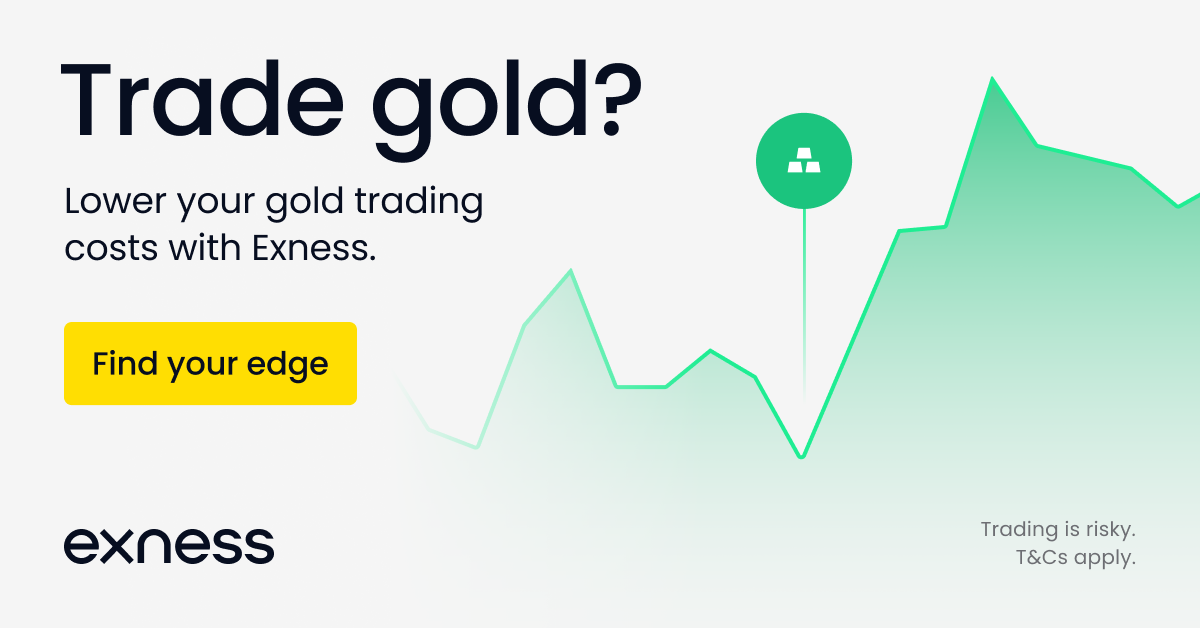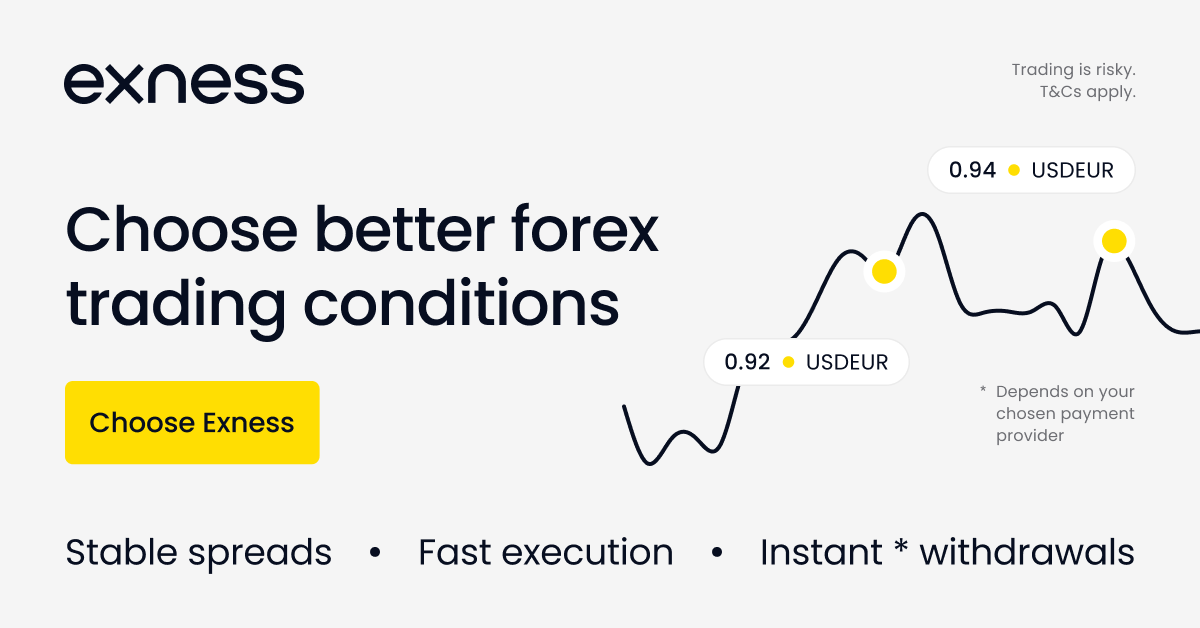Advanced Technical Analysis Techniques for Forex Trading
Introduction
Technical analysis is a cornerstone of forex trading, offering insights into price movements and potential market trends. For experienced traders, advanced techniques in technical analysis can significantly enhance trading strategies. This article delves into some sophisticated methods that can help traders make more informed decisions.
Elliott Wave Theory
The Elliott Wave Theory posits that market prices move in predictable patterns called waves, which are driven by investor psychology. According to the theory, a primary trend (an impulsive wave) consists of five waves, followed by a corrective wave pattern consisting of three waves.
Application:
Identifying Trends: Traders use Elliott Wave Theory to identify the direction and strength of market trends. By recognizing the wave patterns, traders can predict potential reversals and continuations.
Entry and Exit Points: Understanding where a wave begins and ends allows traders to pinpoint optimal entry and exit points for their trades.
Fibonacci Retracement and Extension
Fibonacci retracement levels are used to predict potential support and resistance levels, while Fibonacci extension levels help identify possible breakout points. These levels are derived from the Fibonacci sequence, which reflects natural ratios.
Application:
Support and Resistance: Traders use Fibonacci retracement levels (23.6%, 38.2%, 50%, 61.8%, and 100%) to identify potential areas where the price might reverse.
Target Setting: Fibonacci extensions help in setting profit targets by predicting how far the price could move beyond the current trend.
Ichimoku Cloud
The Ichimoku Cloud, or Ichimoku Kinko Hyo, is a comprehensive indicator that provides information on trend direction, support and resistance levels, and momentum. It consists of five main components: Tenkan-sen, Kijun-sen, Senkou Span A, Senkou Span B, and Chikou Span.
Application:
Trend Identification: The space between Senkou Span A and Senkou Span B forms the 'cloud.' If the price is above the cloud, it's considered an uptrend; below, it's a downtrend.
Dynamic Support and Resistance: The cloud itself acts as dynamic support and resistance levels.
Signal Confirmation: The crossing of Tenkan-sen and Kijun-sen lines can serve as buy or sell signals.
Harmonic Patterns
Harmonic patterns are based on specific Fibonacci ratios to identify potential price reversals. Common patterns include the Gartley, Butterfly, Bat, and Crab patterns.
Application:
Pattern Recognition: Traders scan for specific harmonic patterns to anticipate market reversals. Each pattern has distinct Fibonacci levels for its legs.
Entry and Exit Strategy: Once a harmonic pattern is identified, traders use the completion of the pattern as a signal to enter or exit trades.
Advanced technical analysis techniques, such as the Elliott Wave Theory, Fibonacci retracement and extension, Ichimoku Cloud, and Harmonic Patterns, provide traders with deeper insights into market behavior. Mastery of these methods can significantly enhance trading strategies and improve the probability of successful trades.








